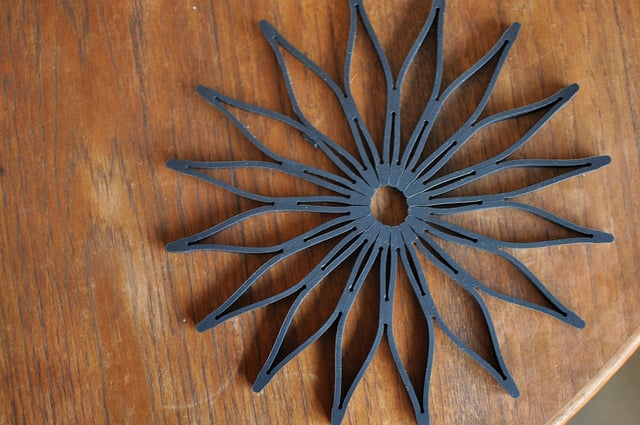
Canning season is beginning to pick up speed, and so I wanted to take just a moment to pull together some useful resources and reminders. These are great for brand new jammers and picklers, as well as practiced food preservers who just need shake off the cobwebs after a winter away from their boiling water bath canners.
For brand new canners, the best starting points are these two posts. One details the gear you need (most of which you probably already have in your kitchen) and the other talks you through the canning process.
Once you’re ready to can, here are some posts to help you with getting jam to set, what to do if a jar breaks, how to fix runny jam, and much more.
- How to Ensure that Your Jam Sets
- What to Do When A Jar Breaks in the Canner
- How to Save Runny Jam
- The Shelf Life of Jam
- Why You Shouldn’t Double Batches of Jam
- Why You Should Remove Air Bubbles From Your Jars
- How to Can Creatively and Still Be Safe
You can see my complete Canning 101 archive here.


I noticed small air bubbles coming from the lids of my applesauce while in the water bath. Is this a problem? I had a miniscule amount of siphoning from the jars. The lids are tight, don’t seem to have any other issues.
Are the small air bubbles an issue?
Thank you, Lillian
It is completely normal and desireable to have air bubbles escape from jars while they’re in the canner. That’s visual proof that the boiling water bath process is doing its job of venting the air out of the canner. Minor siphoning is totally fine given your tight seals. It actually sounds like you had an ideal applesauce canning experience.
Some of my lids already popped before I had the time to start the water canning. Should I put them in anyway? Or will it break the seal?
Yes. You should still process those jars. It’s not a strong seal.
Can you say something about appropriate head space? Particularly that last jar of a batch that maybe has a little more space than recommended. If a recipe says 1/2 inch headspace and I’ve got closer to an inch, does it put it into the “fridge zone”?
I will work on a blog post on the topic. However, to quickly answer, having up to an inch of headspace is okay but not ideal. The reason is that the more headspace you have, the less chance you have of the jar being able to fully vent its oxygen during the canning process, which will mean that the jar is more prone to oxidation and spoilage. And any more than an inch and you risk the jar floating in the canner and breaking.
I’m concerned about botulism poisoning. How confident can I be that using the water bath boiling method I won’t have this problem. I read that a pressure cooker is the only way to kill the botulism bacteria. I’m new to canning enthusiast
Here’s what you need to know about botulism. When you’re canning, you either need to inhibit the spores so they can’t germinate, or you have to kill them outright. The presence of high levels of acid will inhibit those spores totally and completely. We only can things in a boiling water bath canner that are high in acid because it is not a process that kills botulism spores. It is perfectly safe for those high acid recipes. But this is why canners are always warned to only use recipes from reliable sources and to not change the recipes without an understanding of how those changes could alter the acid balance.
I’m new to canning, having always settled for freezer jam in the past, and I’m pretty frustrated with the instructions that came with the liquid pectin. The first batch of strawberry jam I made according to their directions–bring fruit and sugar to rolling boil, boil one minute, add pectin, boil one more minute–turned out not very set at all with a consistency only slightly less runny than my freezer strawberry jam. I followed your recommendations here http://www.thekitchn.com/7-tips-to-make-sure-your-jam-sets-up-193268 and cooked it much longer, though I don’t think it ever quite made it to 220F–all the other indications of doneness seemed right. Already one hour out of the canner, it looks oodles better. The fruit floated to the top of the first batch while it’s well-incorporated throughout this batch. Why, why, WHY don’t they include better directions with the pectin?? Thank you for providing a better method and solutions in your blog! I will be checking my library for your books!
So glad that I could help you out a little!